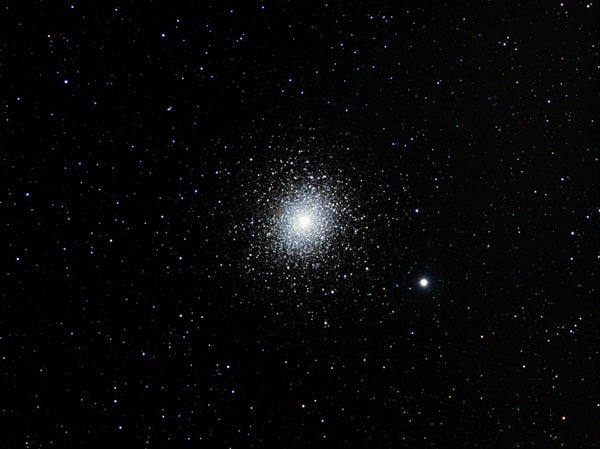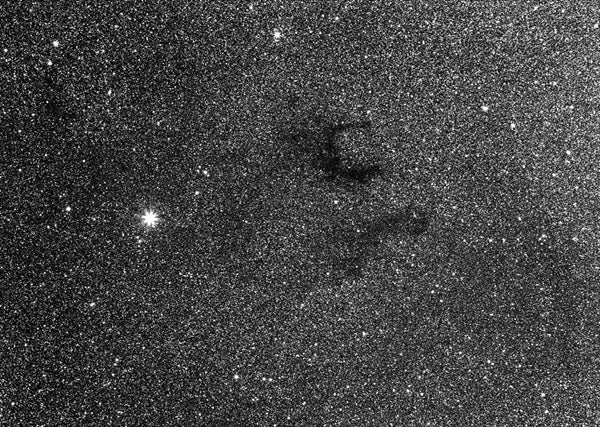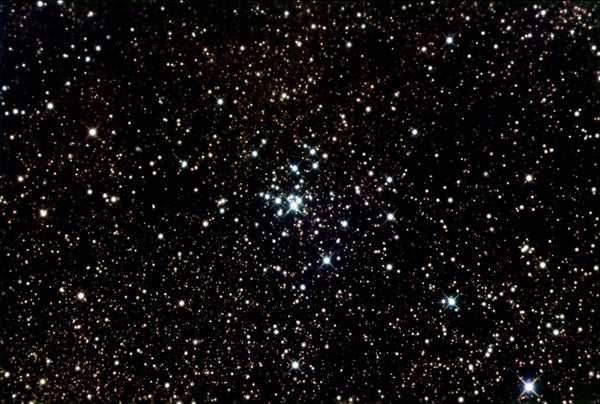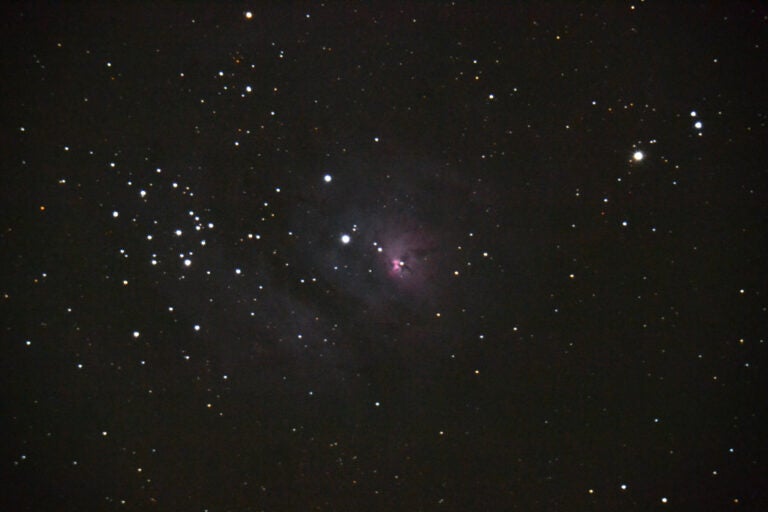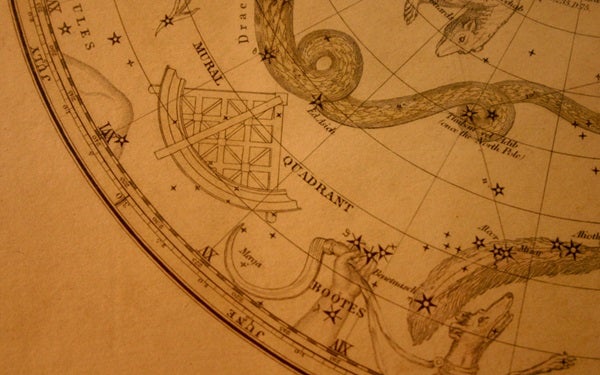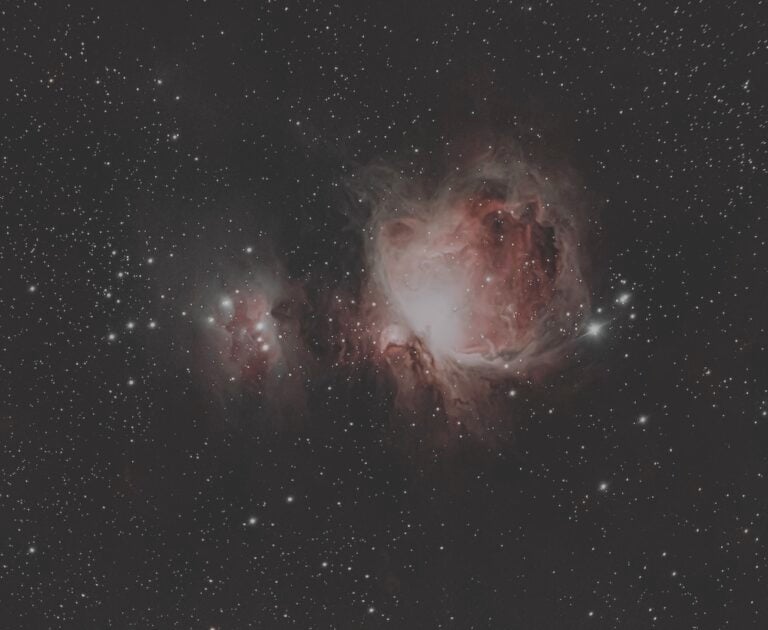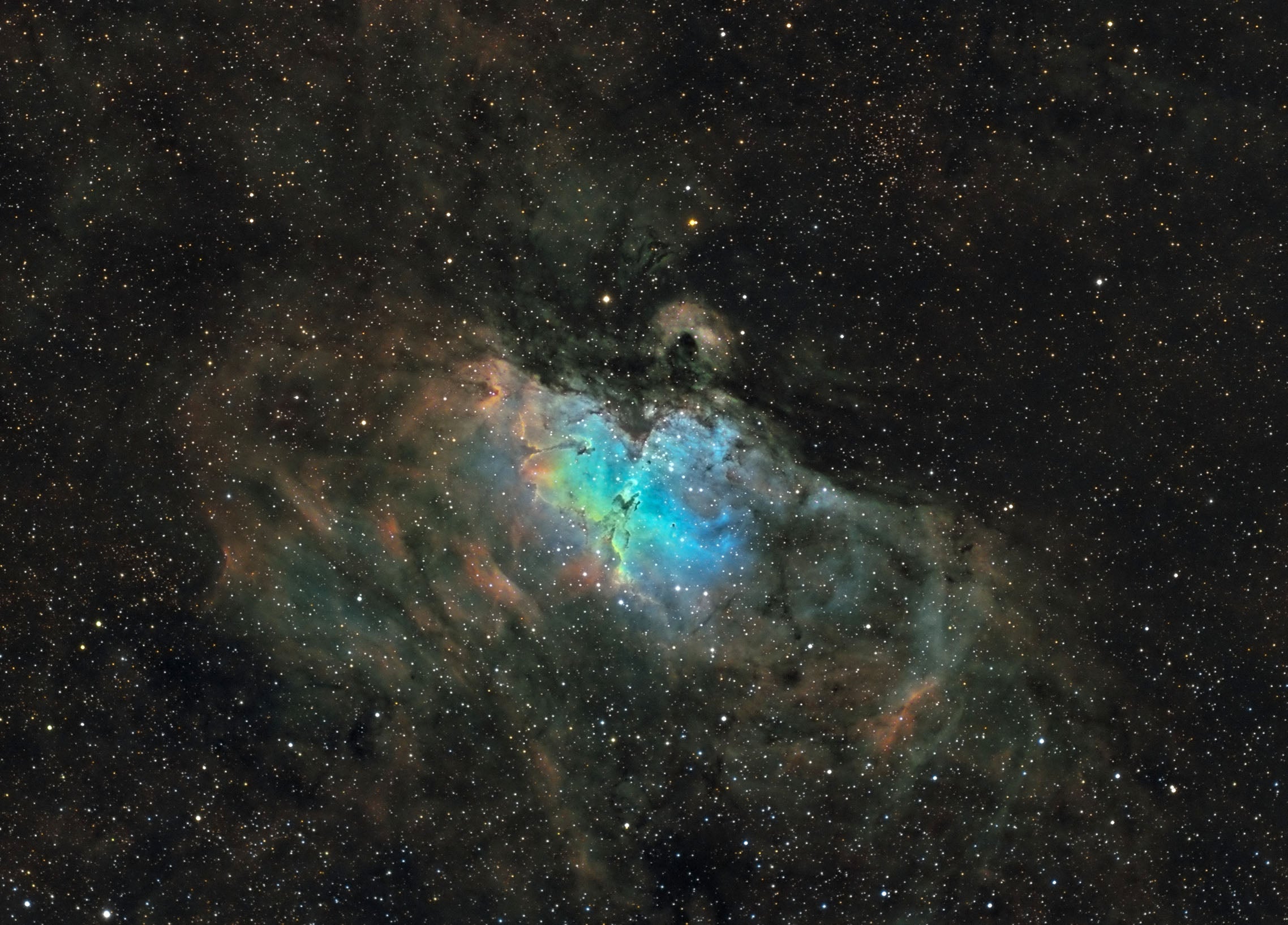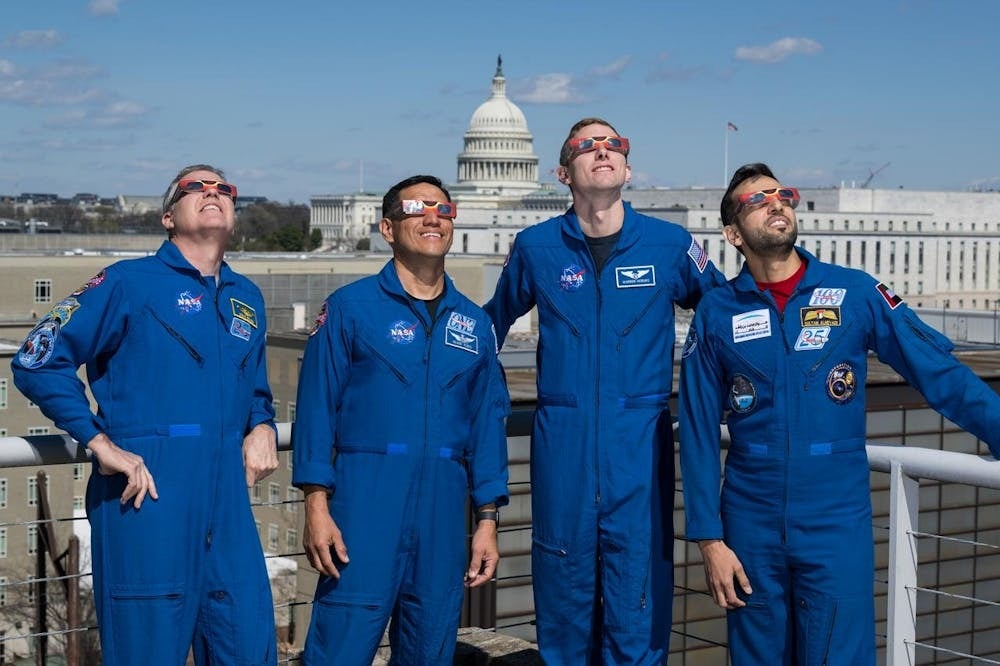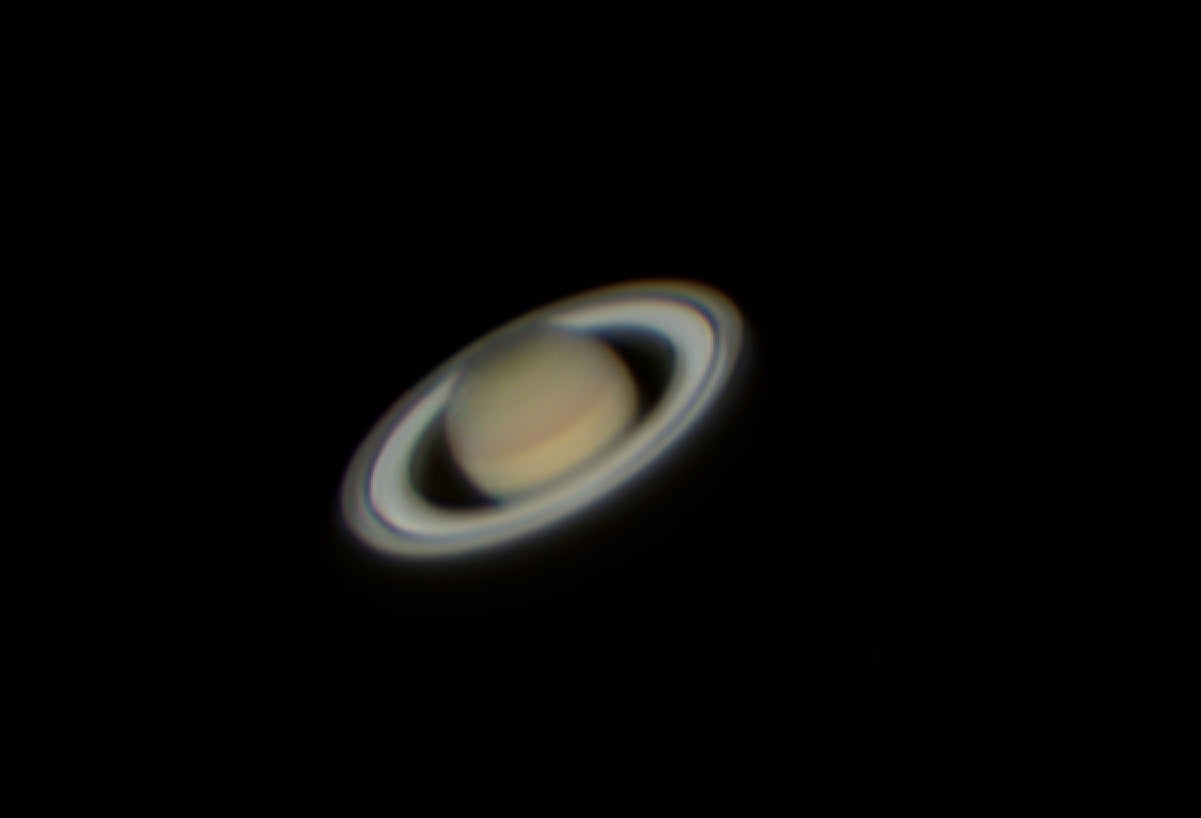Let’s kick off our tour with Nu (ν) Coronae Borealis, an outstanding double star in that constellation. The western star, Nu1, is just 5′ from Nu2. Each shines at 5th magnitude and appears reddish. Surprisingly, although both suns are nearly the same distance from us and have similar masses, studies have found that they do not form a gravitationally bound binary system. Nevertheless, they are striking through binoculars.
Once you finish observing Nu, head 35° south-southwest to globular cluster M5. You’ll find one of summer’s brightest and most spectacular globulars — it shines at magnitude 5.7 — less than 0.4° north-northwest of the 5th-magnitude star 5 Serpentis. Even pocket binoculars reveal this distant collection of 100,000 stars as a misty ball of light highlighted by a bright core. If your sky contains clouds or light pollution, it’s easy to confuse it with 5 Ser. To confirm your observation of M5, you should see both it and the star.
Two more globular clusters on French comet-hunter Charles Messier’s list, M10 and M12, lie in the same binocular field in central Ophiuchus a bit more than 20° east of M5. To find them, first find the stars that outline the southern boundary of Ophiuchus, which lie just north of the three stars that mark the head of Scorpius. Scan north-northeast to the magnitude 4.8 sun 30 Ophiuchi. Magnitude 6.6 M10 lies just 1° to the star’s west, while magnitude 6.7 M12 is 3° farther to the northwest. Both are smaller and fainter than M5, but nearly identical to each other. The only difference is that M12’s central core is a little less evident than that of M10.
Our next target lies more than 40° to the southeast in Aquila, and it’s a combination of two clouds of interstellar dust: Barnard 142 and Barnard 143. Together, they have the nickname Barnard’s E because they form a distinctive capital E against the Milky Way’s starry background just 3° northwest of brilliant Altair (Alpha [α] Aquilae). The E covers an area about 1° by 2°. It’s easy to pinpoint but can be tough to see unless your sky is perfect.
Now take another 40° trip, but this time head southeast to the constellation Sagittarius the Archer. Observers often ignore open cluster M21 because it lies just 2° north of the spectacular Lagoon Nebula (M8). And while there is no denying that the Lagoon is one of summer’s showpieces, M21 is also impressive in its own right. Dozens of stars as bright as 8th magnitude call this cluster home. Most binoculars will show several of them, with the rest blending into the background glow.
Our next group of objects lies one constellation to the west in Scorpius. From Antares (Alpha Scorpii), scan with your binoculars southward along the Scorpion’s winding body, pausing where it sharply hooks to the east. The faint stars here make the area look fuzzy to the naked eye. It was partly due to this appearance that led some 19th-century astronomers to call this the False Comet.
Several binocular targets combine to create this asterism. Zeta (ζ) Scorpii marks the comet’s head and is a striking double star through binoculars. The brighter star in the pair appears orange while the fainter sun is blue-white.
Next, aim 1° farther north at the little-known cluster Collinder 316. It glows at magnitude 6.6, and its stars spread loosely across 2° — that’s four Full Moons stacked end to end. Binoculars reveal three dozen points down to 9th magnitude.
The compact magnitude 6.4 open cluster NGC 6242 marks the end of the False Comet’s tail. Binoculars resolve a lone magnitude 7.3 sun attended by the subtle glow of fainter cluster members.
Let’s end our tour high in the sky. While surveying Cygnus in July 1764, Charles Messier spotted a tiny open cluster a little less than 2° south-southeast of Sadr (Gamma [γ] Cygni) at the center of the Swan’s body. Although not one of Messier’s best, you can spot magnitude 6.6 M29 through binoculars as a tiny rectangular patch of light with perhaps two or three faint points buried within.
With such a wide variety of targets up in tonight’s sky, it’s easy to see that when it comes to stargazing on “uh-oh those summer nights,” two eyes are better than one.

